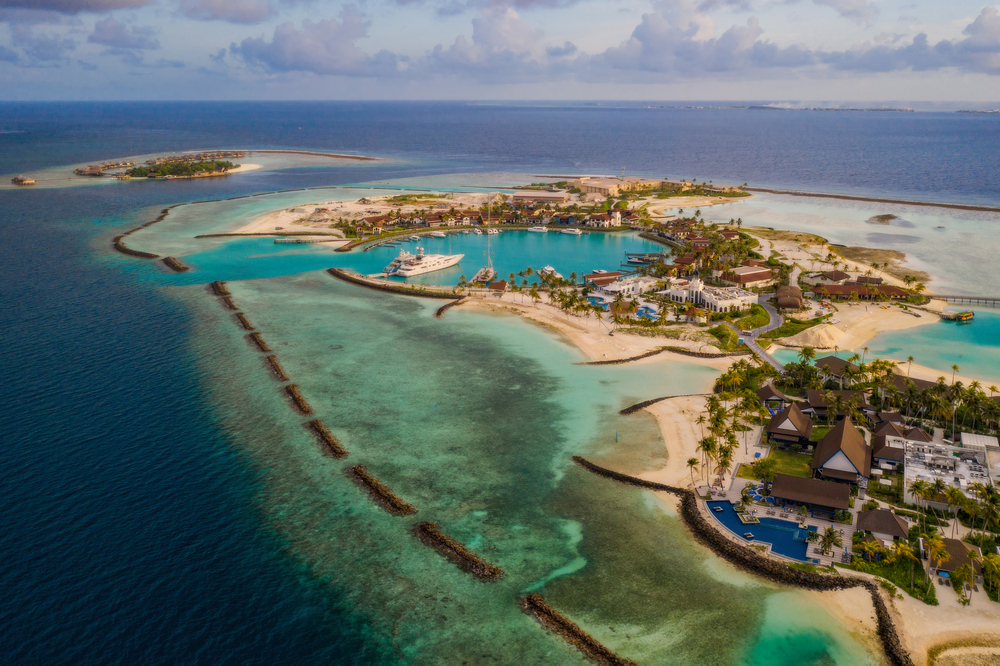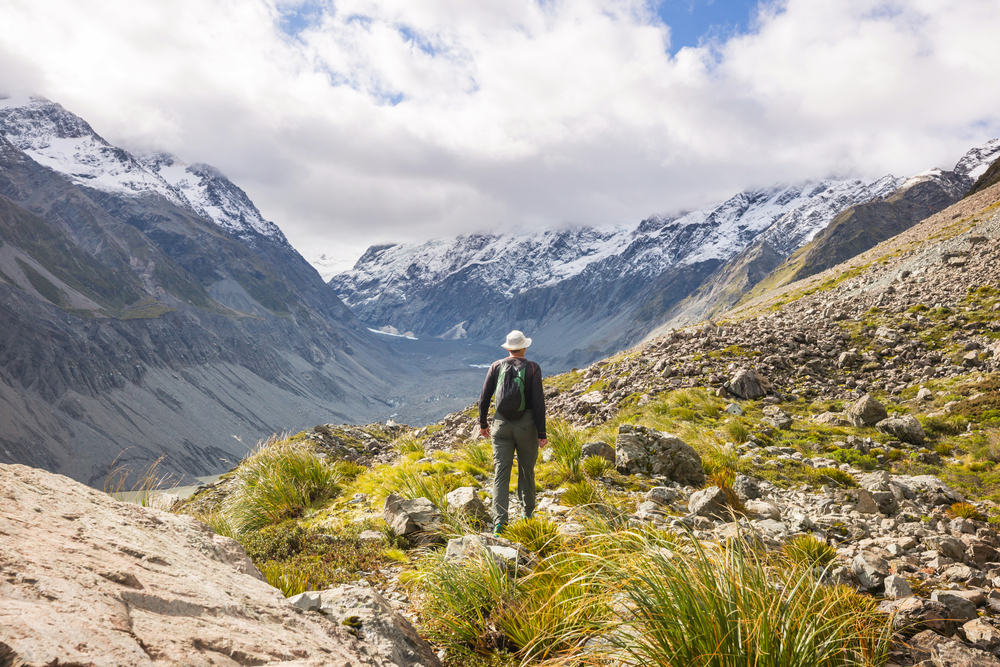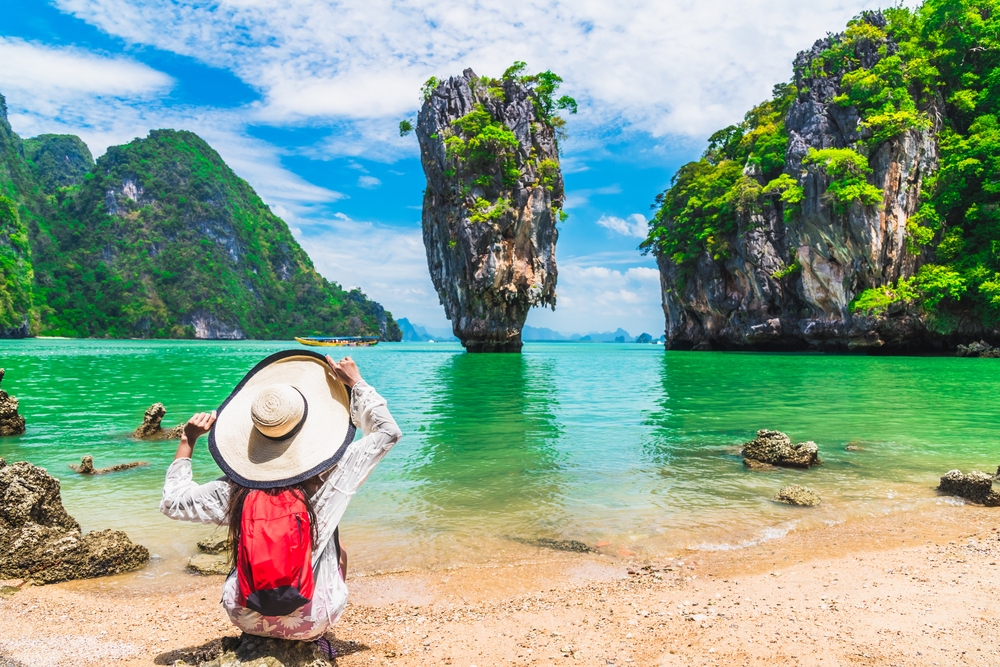Choosing between Hawaii and the Maldives for your next tropical getaway is no easy task. These destinations might seem similar at first glance with their stunning beaches and crystal-clear waters, but they are really worlds apart if you dig a little deeper.
From how you’ll get there to what you’ll do once you arrive, being aware of these differences will keep you from making those awful vacation blunders. Here are 20 of the most significant distinctions between Hawaii and the Maldives that will help you decide which heaven is best for your holiday fantasy.
Geographic Location

Hawaii sits comfortably in the central Pacific Ocean—about 2,400 miles from mainland USA. The Maldives sprawl across the Indian Ocean southwest of India and Sri Lanka.
This massive distance gap means Hawaii remains much more accessible for American travelers, whereas reaching the Maldives demands significantly longer journeys from North America.
Travel Time

For Americans, a flight to Hawaii takes roughly 5-6 hours from the West Coast or 10-11 hours from the East. The Maldives? You’re looking at a grueling 20+ hours with multiple connections from most US cities.
This dramatic difference in travel time doesn’t just affect your comfort – it impacts everything from jet lag recovery to how long your vacation needs to be.
Like Travel Pug’s content? Follow us on MSN.
Cost Differences

Hawaii welcomes visitors with diverse budgets, offering anything from $200 hostels to $600 luxury resorts and plenty in between. The Maldives, meanwhile, doesn’t pretend to be anything but premium, with most accommodations starting around $500 nightly and quickly soaring into thousands for those iconic overwater bungalows.
Don’t forget that this price gap extends to meals, activities, and getting around.
Island Structure

Hawaii boasts eight main islands, each with mountains, volcanos, and landscapes that go far beyond just beaches. The Maldives consists of roughly 1,200 tiny coral islands grouped into 26 atolls—most flat, small, and barely rising six feet above sea level.
This fundamental difference—mountainous versus flat—shapes virtually every aspect of your vacation.
Resort Layout

Hawaii’s resorts typically form parts of larger communities – letting you wander beyond property boundaries to explore towns and public beaches. In the Maldives, you’ll encounter the distinctive ‘one island, one resort’ concept – where your chosen property occupies its entire private island.
This creates either welcome seclusion or potential confinement – depending on your perspective.
Like Travel Pug’s content? Follow us on MSN.
Cultural Experience

Hawaii offers rich Polynesian traditions alongside American influences – with abundant opportunities to experience authentic luaus and local customs. The Maldives presents Islamic Dhivehi culture – though you’ll rarely experience it unless you specifically visit inhabited islands like Malé.
Most resort guests never witness authentic Maldivian life, staying within their resort’s cultural bubble instead.
Dining Options

Hawaii offers incredible food diversity, from roadside shrimp trucks to upscale restaurants with strong Asian, Polynesian, and mainland influences. The Maldives restricts most dining to your resort’s restaurants, which typically feature international cuisine with seafood specialties.
Just don’t be shocked by Maldivian food prices, as nearly everything must be imported by boat or plane.
Weather Patterns

Hawaii enjoys mild temperatures year-round, between 75-85°F, though expect a wetter season from November through March. The Maldives maintains even more consistent temperatures around 80-86°F but follows distinct dry (December to April) and wet (May to November) monsoon seasons.
You’ll want to time your trip according to these patterns for the best experience.
Like Travel Pug’s content? Follow us on MSN.
Marine Life Diversity

The Maldives showcases superior coral reef systems with extraordinary marine biodiversity – featuring manta rays, whale sharks, and vibrant coral formations rarely found elsewhere. Hawaii offers different but equally fascinating marine species – including Hawaiian green sea turtles and spinner dolphins, though its reef systems aren’t as extensive.
Serious snorkelers and divers often prefer the Maldives for this reason.
Landscape Diversity

Hawaii’s dramatic landscapes include active volcanoes, lush rainforests, plunging canyons, and distinct microclimates across its islands. The Maldives presents a consistent theme: flat, sandy islands surrounded by stunning lagoons and reefs, with almost no elevation changes anywhere.
This contrast means Hawaii travelers can experience more varied environments beyond just beaches and water.
Accommodation Styles

The Maldives has become synonymous with overwater bungalows—dreamy accommodations perched on stilts above crystal lagoons. Hawaii specializes in land-based lodging, ranging from high-rise hotels to vacation rentals and resorts.
This fundamental difference creates distinctly different atmospheres and experiences at each destination.
Like Travel Pug’s content? Follow us on MSN.
Water Clarity and Color

Ask anyone who’s visited both places, and they’ll tell you the Maldives offers exceptional water clarity with visibility often exceeding 100 feet. The distinctive turquoise-to-blue gradient appears almost unreal in person.
Hawaii has beautiful waters, too, but typically with less dramatic clarity and more variable conditions depending on season and island location.
Accessibility and Infrastructure

Hawaii provides excellent modern infrastructure with top-notch medical facilities, transportation networks, and familiar services. The Maldives offers more limited infrastructure – with serious medical issues requiring evacuation to Malé or even to other countries.
This distinction becomes crucial for travelers with health concerns or those needing specific amenities.
Activity Range

Hawaii offers incredible diversity in activities, from hiking volcanic craters to attending authentic cultural experiences. The Maldives concentrates primarily on water-based activities like snorkeling, diving, and boat excursions, with significantly fewer land-based options.
Active travelers who need variety beyond beach relaxation often prefer Hawaii for this reason.
Like Travel Pug’s content? Follow us on MSN.
Shopping Opportunities

Hawaii features extensive shopping options, from luxury boutiques to local markets and familiar retailers. The Maldives offers minimal shopping beyond resort gift shops, with limited opportunities even in the capital city.
Travelers who consider retail therapy an important vacation component should factor this difference into their decision.
Nightlife Options

Hawaii provides varied nightlife, from energetic bars to cultural shows across different islands, particularly in areas like Waikiki. The Maldives typically limits evening entertainment to individual resort programming or quiet beachside bars.
Your preference for lively evenings versus peaceful sunset cocktails might sway your destination choice.
Population and Crowding

Hawaii receives approximately 10 million visitors annually across its islands, creating more populated conditions at popular attractions. The Maldives hosts around 1.5 million visitors spread across hundreds of resort islands, offering a more secluded experience.
This difference affects everything from how much personal space you’ll have to the overall vacation atmosphere.
Like Travel Pug’s content? Follow us on MSN.
Vacation Length Requirements

Hawaii works perfectly for shorter trips from the US, with even 5-7 day visits being worthwhile given the reasonable travel time. The Maldives practically demands longer stays of 7-10 days minimum to justify the extensive journey and properly experience the destination.
This requirement affects both vacation planning and total costs.
Independence Level

Hawaii enables truly independent travel with rental cars and self-guided exploration between different areas and attractions. The Maldives creates an unavoidable dependency on resort services, with transportation between islands requiring boats or seaplanes arranged through your accommodation.
Your comfort with structured versus spontaneous travel should influence your choice.
Photography Appeal

The Maldives offers iconic, instantly recognizable images with perfect symmetrical palm trees, overwater bungalows, and flawless turquoise waters. Hawaii presents more varied photography opportunities, from dramatic landscapes to cultural moments, but with less consistent postcard perfection.
Both destinations photograph beautifully but in distinctly different ways.
Like Travel Pug’s content? Follow us on MSN.
Best For Your Travel Style

Hawaii is the best option for active travelers who want cultural experiences, varied landscapes, and cheaper alternatives with better access from the US. The Maldives is the epitome of luxury beach vacations, with better marine ecosystems and isolated experiences for those willing to spend time and money.
Your ultimate choice should be based on your budget, activity, and holiday style, and you should not merely decide which one has more stunning beaches.
More from Travel Pug

- Cities Growing so Fast You Won’t Recognize Them in 10 Years
- 13 Destinations Where Tourists Regularly Regret Their Trip
- 20 Obscure WWII Sites Even History Buffs Don’t Know About
- 10 Under-the-Radar Mountain Towns That Are Both Affordable and Beautiful
- 20 Abandoned Places That Feel Like Real-Life Post-Apocalyptic Movie Sets
Like Travel Pug’s content? Follow us on MSN.
